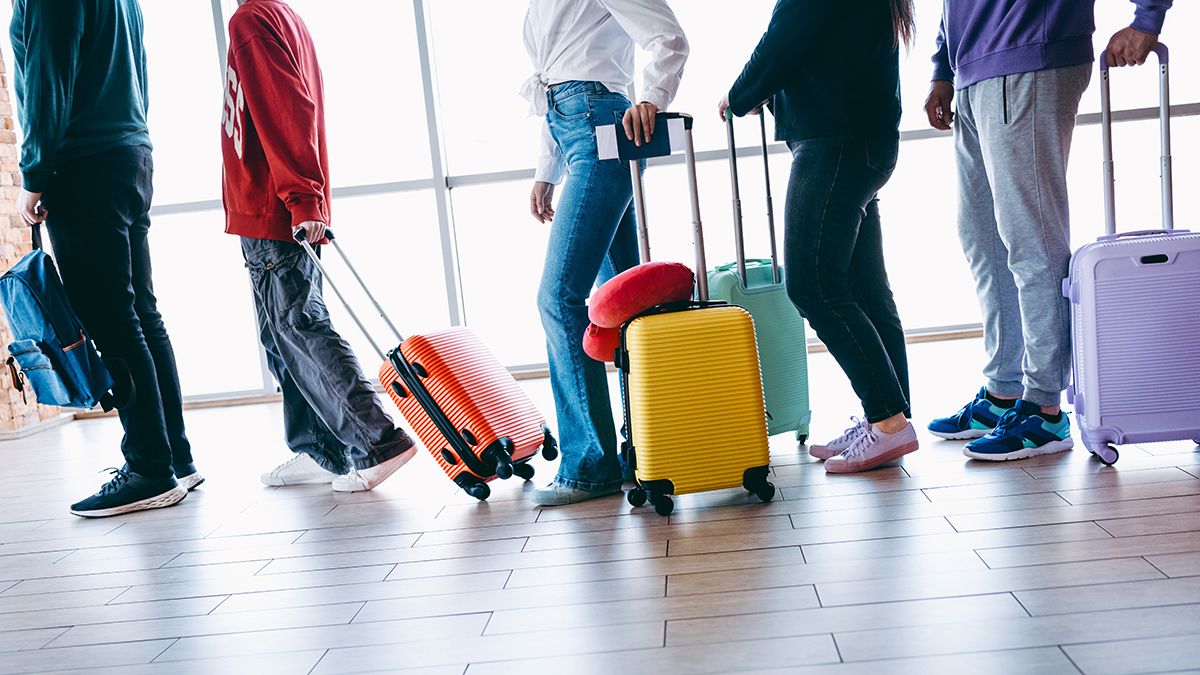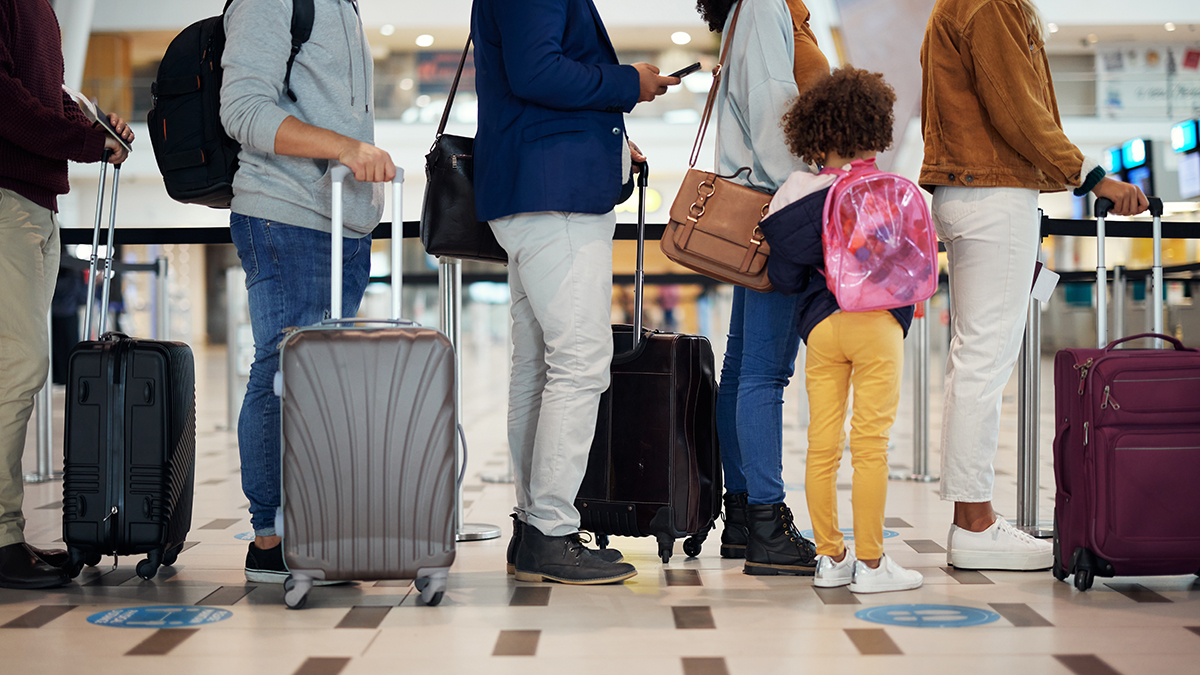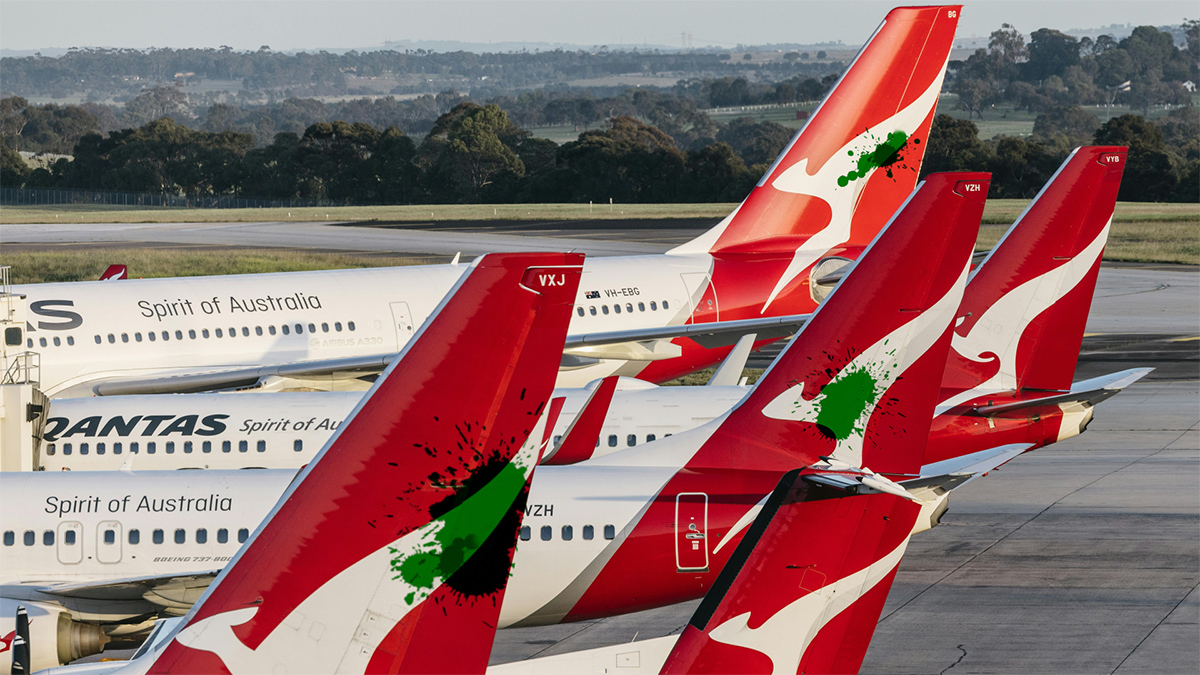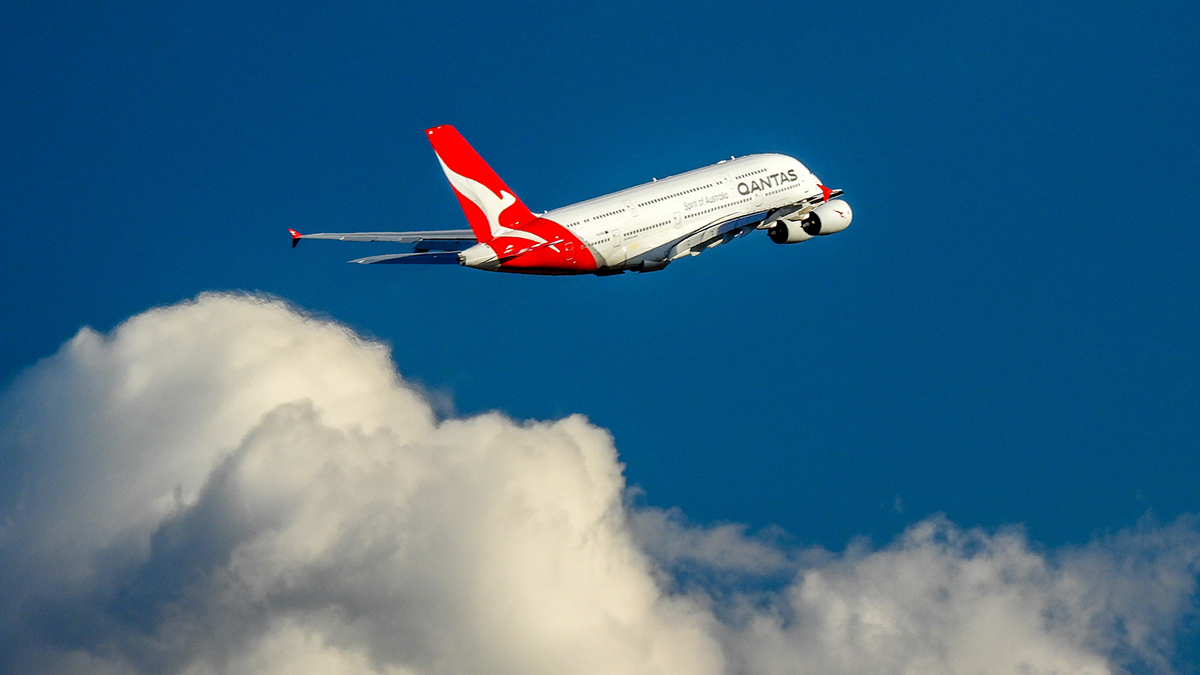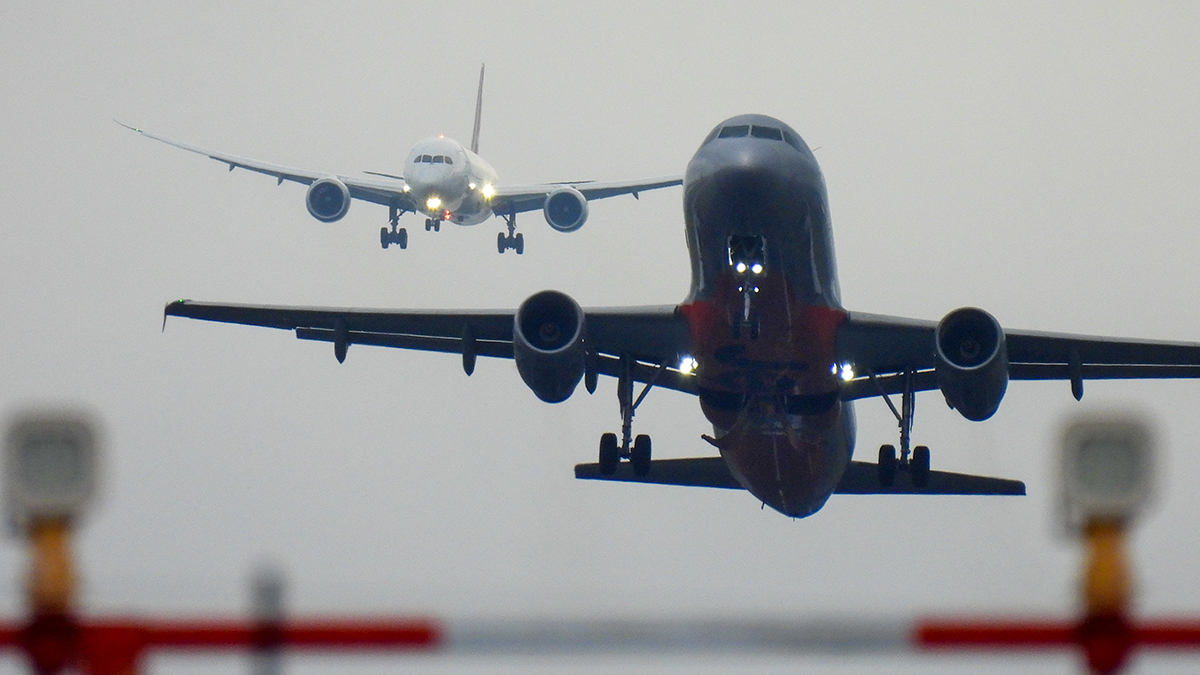Get our independent lab tests, expert reviews and honest advice.
Can you take it on a plane?
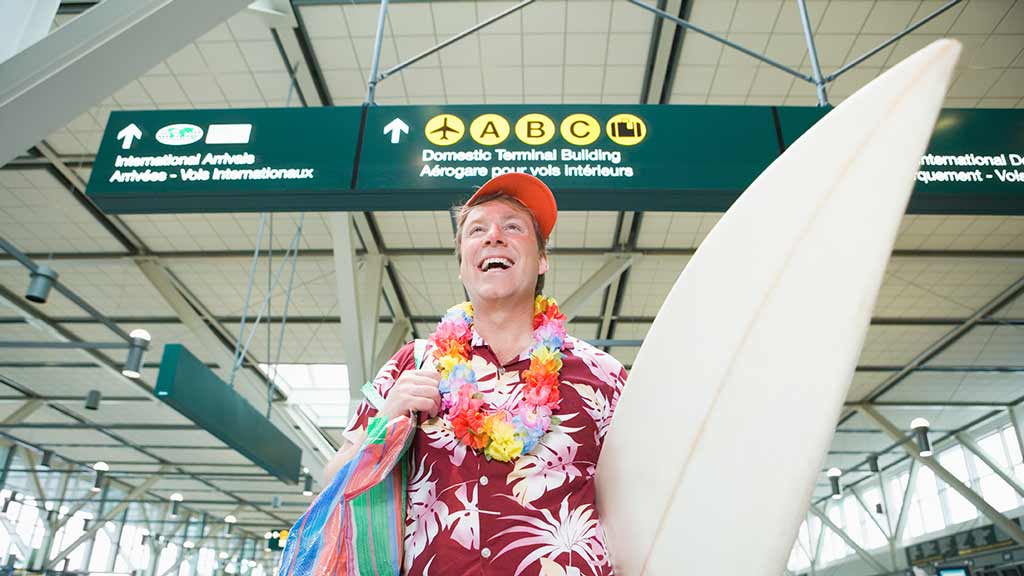
Planning on taking more than a bathing suit and a John Grisham novel on your next holiday? Turning up at the airport with heavy, bulky or unusual items may leave you with steep extra costs at check-in, or you may be forced to board the plane without them.
To help avoid a bumpy or costly start to your trip, we take a look at how to pre-plan for transporting some of the items that may fall out of the ‘standard’ check-in and carry-on baggage. However, each airline operates under its own ‘Conditions of Carriage’, so it’s always best to contact your airline before you travel and check what the ‘standard’ actually is.
Pets on planes
Wouldn’t dream of leaving a furry family member in a kennel? While most airlines only allow service dogs to fly in the cabin (unless you’re flying Etihad, in which case you can take a falcon on board with the appropriate documentation), many allow pets to be checked in as baggage or shipped as freight.
To travel, your pet should be fit and healthy, over eight weeks old, and be comfortable with being confined for long periods (airlines discourage sedation). In some cases, a vet’s certificate may be required before flying. Pets must be housed in an International Air Transport Authority standard animal container that allows them to stand up without their head touching the roof, turn around, and lie down. When travelling with pets within Australia, restrictions may apply for each state so check the Quarantine Domestic website.
Qantas Freight’s Q-Go Pets service claims to give passengers added peace of mind by offering “timely lodgement and delivery” of your pet, minimised waiting time, and specialised attention and handling while on the ground. Cost is priced by the weight and size of the crate. Visit Q-Go pets for more details.
If you’re shipping your pet internationally, Virgin only allows transportation of pets through an International Pet and Animal Transportation Association (IPATA)-approved pet agent, while Qantas “highly recommends” employing a specialised pet transportation company. Pet agents, such as Jetpets and Pet Carriers International, take care of the processes involved in international travel, such as veterinary check-ups, quarantine requirements for the country you’re travelling to and airline-approved travel crates.
Be aware there are restrictions on bringing your pets back into Australia due to biosecurity risks. Visit agriculture.gov.au/cats-dogs for more information.
Sporting gear on planes
If you’re taking an adventure holiday and would rather take your own equipment than be at the mercy of rental prices, most airlines will allow you to check in sporting gear as part of your baggage allowance or additional baggage, with certain stipulations. Bikes will need to be dismantled and packed into a manufactured bike box with tyres deflated, pedals detached and handle bars fixed parallel to the frame. It may also be necessary to remove the front wheel, depending on the length of your bike.
Surfboards, skis and snowboards may be checked in as long as they’re packaged in padded, protective covering, with any surfboard fins removed. Check with your airline to ensure your surfboard’s length does not exceed their limit.
And golfers can check in their clubs provided they’re packaged in a protective case and don’t exceed the weight limit, which for most airlines is 32kg. Any items over this weight will need to be shipped as freight.
Musical instruments – carry-on luggage or checked in?
In most cases, small musical instruments in their case, such as a violin, can be taken on board as carry-on luggage and stowed in the overhead compartments, but larger items such as guitars or cellos will need to be placed in a protective hard case and checked in. Alternatively, you can always book an extra seat beside you to ensure your instrument’s safe journey.
Registered musicians should consider flying with Virgin airlines, which gives them a baggage allowance of 32kg across three pieces of checked baggage – with the ability to purchase an additional 32kg in advance for $15.
Transporting bodies or cremated ashes
In the event that you need to transport the ashes of a loved one, check with your airline on what procedures are necessary. For example, Qantas will let you take ashes into the cabin or checked in as baggage provided you have a certificate from the crematorium that confirms the contents. Virgin told CHOICE that ashes must be shipped in funeral urns which are sufficiently cushioned against breakage by suitable packaging.
A Department of Agriculture import permit is not required when flying with ashes into Australia, though the container must be free of contaminants such as soil and it may be screened.
If repatriating a body back into Australia, you must carry either the death certificate, showing the cause of death, or an import permit. Bodies must be contained in an outer coffin or crate suitably prepared for transportation, with the inner container hermetically sealed.
You’ll also have to arrange for a licensed undertaker to collect the body at the destination. Australian Customs advises to check with the embassy of the country you’re travelling to or departing from first before transporting a body or ashes.
Mobility aids and wheelchairs
For travellers with a disability, it’s advised to contact the airline in advance and alert them of any special assistance you may require and the type of mobility device, if any, you’ll be taking with you. There may be restrictions on how many wheelchairs can be carried in the hold and the airline will usually operate on a ‘first come, first served’ basis.
Most airlines allow wheelchairs and mobility devices to be checked in at no extra charge, provided they fit within the airline’s ‘maximum dimensions’ for check-in luggage. Some aircraft have enough room for one collapsible wheelchair in the cabin but for passengers who have their device stowed in the hold, airport and on-board wheelchairs should be provided until their device is returned to them at their destination.
For more tips on travelling for people with a disability, see our accessible travel guide Travelling with a disability.
Carry-on luggage
Tempted to carry a little something extra on-board with you to save stowing it in your checked baggage? Be aware that airlines have been cracking down on carry-on baggage limits, so don’t exceed your limit or you could face a hefty fee at the gate. The limits vary depending on fare type and whether you’re travelling domestically or internationally, so check with your airline before arriving at the airport. Each airline also has different weight and size limits for each item you’re allowed to take on board, but remember: whatever you take with you will need to fit either under the seat in front of you or in the overhead locker. If you’re travelling with an infant you are generally allowed an extra bag for items you’ll need in the cabin like nappies and baby food.
Any personal electronic devices you intend to use on board will also count towards your carry-on baggage limit. Each airline has its own policy about when an electronic device can be switched on during the flight, but they usually have to be switched off during take-off and landing or whenever the fasten seatbelt sign is on. Large devices weighing more than 1kg must be stowed either in the overhead locker or under the seat in front during take-off and landing, but usually you’ll be allowed to hold on to smaller items like cameras and phones. Be sure to flick your device to flight mode before boarding.
Some airlines now offer streaming of in-flight entertainment direct to your personal smartphone, tablet or laptop. Be sure to download any necessary apps before boarding – check the in-flight entertainment page on your airline’s website to find out what’s needed to prepare your device.
Is it a prohibited item?
While we’re all aware of the government’s aviation security regulations around dangerous goods such as weapons and flammable items, it’s possible for ‘prohibited’ items to wind up in your hand luggage in a frenzy of last-minute packing. The government’s Travel Secure site has a list of prohibited items that will be taken off you at screening, including: tools or objects with sharp edges such as chef’s knives, blunt objects such as a cricket bat, sharp objects such as scissors, flammable household goods such as aerosol containers and an object that could be used to constrain someone, such as handcuffs.
If you’re planning on transporting any of these prohibited items, they must be checked into your check-in baggage. If in doubt, check with the airline.
The limit on the amount of liquids, aerosols or gel products on international flights still exists due to a risk of liquid explosives, so make sure they’re in containers, are no more than 100 millilitres, and the containers are packed in a clear, resealable plastic bag. Remember that any duty free items you have packed in your carry-on will be subject to the same restrictions.
Travel Secure says that, “Certain exemptions apply for medicines, medical products, medical devices, and baby products that you may need during the flight”. To find out more about packing your medications, visit the Travel Secure FAQ on the topic.
For a handy guide to prohibited and dangerous items, download the ‘Can I Pack That?‘ app from the iTunes Store.

